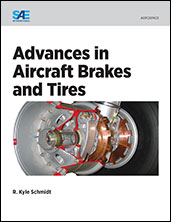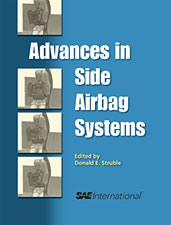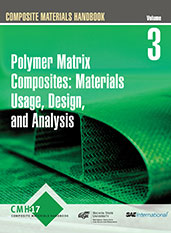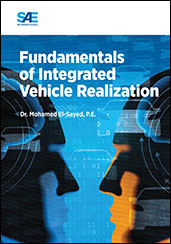Book

Additive Manufacturing of Aerospace Composite Structures: Fabrication and Reliability
2017-05-20
Additive Manufacturing of Aerospace Composite Structures: Fabrication and Reliability introduces the reader to the current state of technologies involved in processing and design of polymer-reinforced fiber composites using additive manufacturing's automated fiber placement methods, through ten seminal SAE International papers. Currently, the material layup strategy in terms of process selection and manufacturability is usually not prioritized in the design phase. Engineers do not have a good way to see how their design choices can affect the manufacturing process beyond their initial structural-level considerations. The result is typically a large amount of experimental testing necessary to qualify the materials and structures typified in the classical building-block approach. Such an environment makes mistakes difficult to solve and, should redesign be required, obtaining reliable information is hard to piece together.



















